The Goa coastline. Photo courtesy of Lena Serditova/Shutterstock
Goa, the smallest Indian state on the west coast, has remained the dream destination for many all over the globe. Its pristine beaches, unique cultural mix, warm and hospitable populace, charming locales, food, and upscale accommodation have drawn national and international tourists for decades. A few untoward incidents a few years ago had slowed down the state’s tourism industry a wee bit, but the flamboyant, spritely state came back to normalcy soon.
My relationship with Goa has largely been gastronomically platonic. My first visit to Goa happened when I was 12. I went as a tourist from Eastern India with my parents and sisters, and except for the fact that I had almost burned my feet at Calangute Beach, I barely remember how we spent the holiday.
My second visit was when I was more aware. I had taken up a two week reporting internship and barely managed time out of my schedule to explore Mapusa, the city I was in. But that was when I tasted feni, the Goan alcohol.
From both visits, the impressions that have lasted the time in my consciousness surround Goan food. Ironically, I do not remember what I ate there, but the food was unique, very different from chicken tikka masala, butter chicken, or shahi paneer and the rest of the lavish Indian fare. Goan food was hot, red, with a dash of sweet and sour from the vinegar and coconut; it was fiery yet comforting. And addictive. It evidently had a Western influence, albeit that of Portugal, yet both cuisines are seas apart. As a result, in whichever part of the world I am, I rush at the smell of yummy Goan food.
A Delicious Affair
And there was no exception to this rule when the restaurant in a reputed hotel in my city invited three specialist chefs from Goa and threw open a Goan food festival.
Chicken Xacuti – A homey Goan curry. Photo courtesy of Paul Brighton/Shutterstock
The first day of the festival coincided with a Sunday. That was the best day to attack the rawa fried chicken, pork vindaloo, crab xacuti, chicken cafreal, chicken balchao — not to mention the many sweet dishes. So excited I was after the buffet, I had to connect with my friend in Goa, who is also a reputed chef and immensely knowledgeable about food per se, Vasquito Alvares, affectionately called Vasco. With his help, I draw up a list of must know, must eat foodie items here.
Catholic & Hindu Cuisines
Goa was essentially a Hindu region that was taken over by the Portuguese in 1505. In 1961, it was re-occupied by India. Naturally, the Goan cuisine is greatly influenced by the Portuguese, and the Hindu stream still continues to be alive, simultaneously.
Goa has a large population of Christian Catholics, who are the patrons of the Indianized-Portuguese delicacies. Their diet has pork as staple and their cooking style uses a lot of vinegar. The Hindu line of cuisine is also called Saraswat and predominantly includes fish and seafood.
Goan Food: 8 Important Ingredients
If you are visiting Goa, and want to taste its authentic cuisine, ditch the make shift restaurants on the beaches. Ask the locals and explore Goa’s calm neighborhoods, you will be more than rewarded.
Pomfret Curry, Goa, Western India. Photo courtesy of PI/Shutterstock
Just so that you can pretend to be knowledgeable in the cuisine, and prevent being fooled by overzealous eatery owners, here are a few terms you must be familiar with:
- Coconut vinegar, or toddy as it is called locally, is made by fermenting coconut water or the sap of the young coconut plants. It is mostly available unpasteurized. Depending on its age, it can be white, pale yellow, or light brown and it is used in cooking most Goan curries.
- Coconut, in its true blue form, is added in Goan curries – grated, pasted, or as in coconut milk, which is squeezed out from pasted coconut pulp. You will find coconut being used abundantly in appetizers and curries to sweets and cakes in a Goan spread.
- Kokum is widely available in the tropical rain forests along the Konkan coast and hence, extensively used in Konkan, Malayali, Keralan, as well as Goan cuisine. It is sundried in its own juice until the outer rind blackens. The sweet and sour pulp is used to add tanginess in the dishes and its bottled juices are popular during the summer as it is cooling. A new generation of agriculturists and agro based entrepreneurs in south west India are striving to bring back the old glory of kokum.
- Chouricos are Goan sausages, and like chorizo, these are spicy and have their own characteristics. Vasco says, “It is one of the best things introduced during the Portuguese rule. Sausages are the products of efficient butchering, which wasted nothing, transforming scraps and fat into those beautiful tubular wonders. Goan sausage are the most unique, having a blend of spices to replace the herbs and uses coconut vinegar instead of wine. There are a variety of sausages available, ranging from dried to dried and smoked to fresh sausages and the rarest skin sausage made only of skin and fat.” I take his word for it because his father ran a sausage production and packaging factory.
- The Portugals also brought cashew with them and today, Goan food and cashew paste go hand in hand. The flower of the cashew plant is also used in their local alcoholic beverage, feni.
- Tamarind and vinegar are used to add tartness to the exceptionally hot Goan dishes. In fact, tamarind is a common ingredient in the South Indian cuisine and is abundantly used in Tamil, Telugu, Malayali, Konkan, and Sri Lankan dishes too. Vinegar, however, is unique to Goan cusine and is used to replace the wine that was used in Portuguese cooking.
- Tirphal or teflam seeds or what the Portuguese called the limao arcado or acrid lime are in reality, berries. These are mainly used in the Hindu or Saraswat cuisine of Goa and I haven’t heard of it being used in any other cuisines so abundantly. Sichuan peppercorns can be a close alternative to tirphal.
- Racheiado means ‘stuffing’ in Portuguese, and fish racheiado, or more specifically, pomfret racheiado is essentially pomfret stuffed with the red spice mix. Over time, the stuffed pomfret fry became so popular, that the spice mix used to make it came to be named as the racheiado masala.
Curries To Savor In Goa
Like several other Indian cuisines, Goan cooking is also down trending. As people get busier, traditional Goan dishes that were cooked in earthen pots and wood fire over long durations are naturally on the decline. A few local chefs are working hard to keep the local tastes alive. My friend Vasco, explains with examples:
Goan feijoada is one of my favorite dishes. It’s a spicy stew made with kidney beans, pork, and of course, vinegar and tamarind; however, it is not so readily available any more.
For Vasco, feijoada and chicken cafreal form his comfort foods. A restaurateur, a caterer, and an entrepreneur, Vasco spent five years in cruise ships and every time he returned for a break, he would demand pulao and chicken cafreal for his first meal at home.
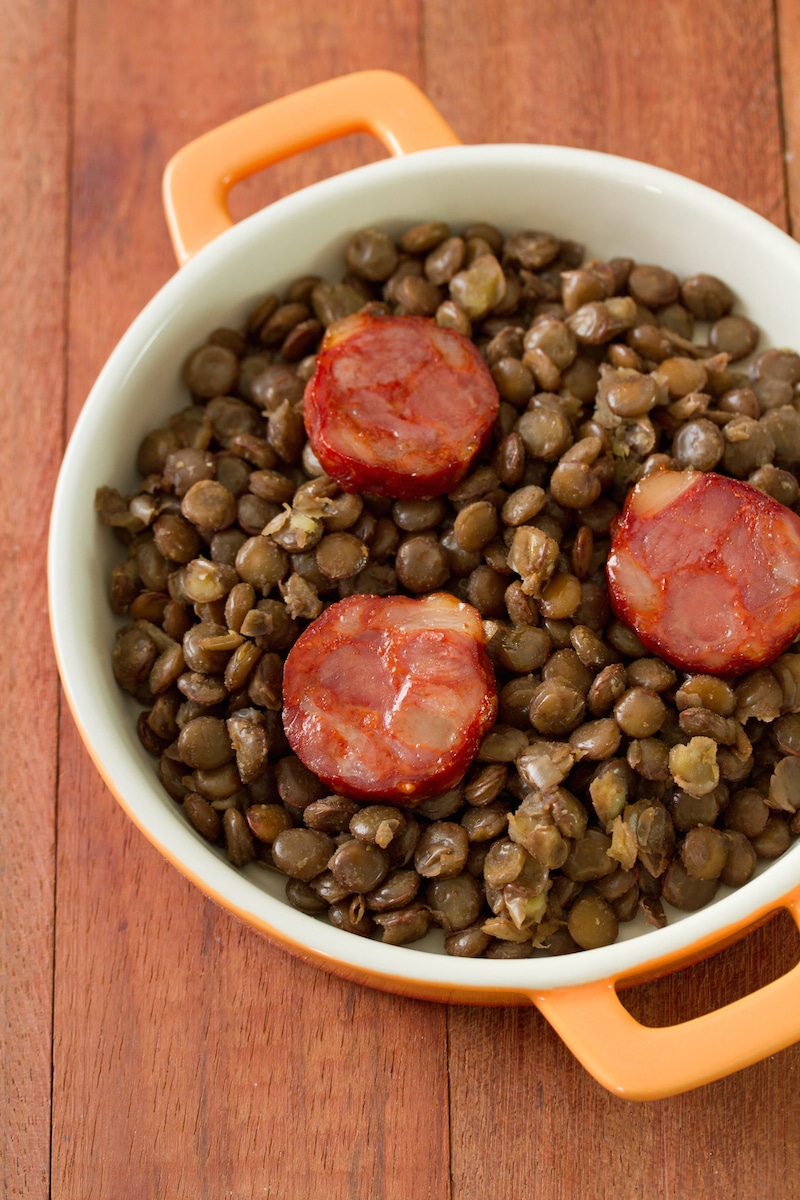
Vasco explains:
The Galinha Cafreal, probably the most loved Goan dish both to visitors and natives, has its origins in Africa. It apparently came to Goa with African army men bringing with them their cuisine. The first commercial version is believed to have been introduced by Genes Viegas of O’Coqueiro, which incidentally has nothing to do with the present day attempts at the dish made there. How the name came to be is an even bigger mystery. There are a million versions of this dish, each chef adding their own personal touch, not necessarily improving it but simply over complicating this simple preparation. The original recipe was just a paste of piri piri chillies and sea salt rubbed onto the chicken before it was roasted on an open pit, and basted with coconut milk every few minutes. The Cafreal available today, depending on the restaurant, contains everything from rum to red wine to Worcestershire sauce and even garam masala. The misconception that it is a green colored dish has made the best of chefs even add mint.
If you are in Goa, or anywhere near a Goan restaurant, you must sample Sorpotel, which is again a derivative of a Portuguese stew. Characteristically thick, spicy, and red, the Sorpotel tastes even better with a little aging – set it aside for a day or two and then relish. The coconut based gravy of Xacuti tastes similar to the Malaikari preparation from West Bengal, although with its characteristic zing from the tart ingredients. The Xacuti, pronounced as sha-coo-ti, is mild yet with a distinctive flavor.
Vasco says these are all homely meals eaten by Goans almost every other day. Courtesy of their distinctive style, however, these have reached the global dining table.
The Goan sausage, Chourico, is salted and sundried and Vasco warns us not to confuse these with frankfurters and cocktail sausages.
Cooking these sausages is like cooking rice — it is easy to cook and it is easy to mess up. The best way to cook these sausages is to cover them with water, toss in some onions, and simmer till all the water is replaced by that lovely bright red sputtering fat that it should fry in for a few minutes. There are countless ways to eat them though the easiest ways is perhaps to shove some in a warm crispy Undo or Poi. I love to have these with scrambled eggs though.
Goan seafood and fish curry preparations are absolutely unique – these are very different from the preparations made in other coastal regions of India or elsewhere. King fish, shark, tuna, mackerel, and pomfret are commonly cooked and eaten and if you are exceptionally fond of crabs, prawns, shrimps and lobsters, be ready to experience divinity. Ambot Tik, a very common tart Goan fish curry, uses Tirphal.
The Racheiado Masala
This red masala demands a special mention because if you can master the art of making this one, you can easily master cooking several of the Goan delicacies like vindaloo, balchao, prawns masala fry, and of course, fish racheiado in your jhome kitchen. There are as many variations in racheiado mixes as there are grandmoms. Vasco very graciously shares with us his own recipe for racheiado.
Ingredients
- 1 inch fresh ginger
- 1 medium garlic bulb
- 25 red dried kashmiri chili
- ¼ teaspoon cumin seeds
- 4-5 peppercorn
- 1 inch cinnamon stick
- 5 cloves
- ¼ teaspoon turmeric powder
- A pinch of salt
- 1 teaspoon sugar
- 500 ml Goan vinegar
- 100 gms tamarind
Instructions
- Soak the chilies in the vinegar overnight
- Roast the dry spices and grind powder
- Soak tamarind in warm water for 1 hour
- Make a paste of the ginger and garlic
- Blend the chilies. Strain the pulp of the tamarind
- Combine all ingredients, grind to a smooth paste. Store for future use
Use this mix to cook your curries, or marinade your fish, before shallow frying.
Goan Desserts
You cannot finish a Goan meal without their signature desserts.
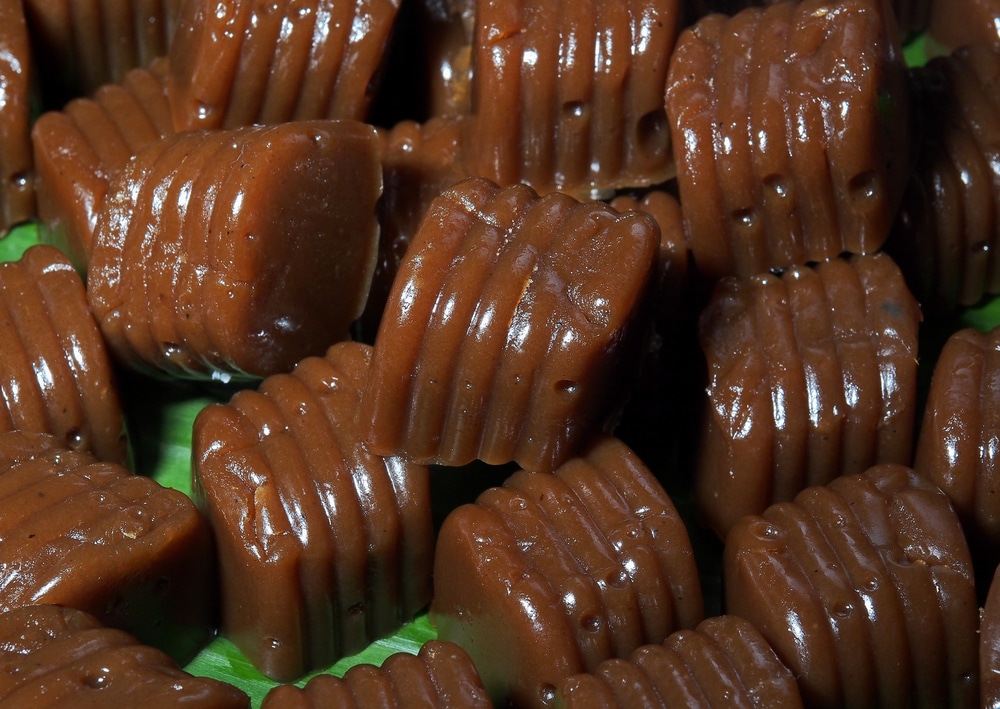
Coconut is a predominant ingredient in most of these, be it Bebinca, which is a ten-layered pudding-cake made from flour, coconut, egg yolk, and sugar, or batica, which is served with scoops of ice cream. During Christmas, Goans cook rice flour in a mixture of jaggery, coconut milk, and cashew to make Dodol.
Feni
As mentioned earlier, feni is the alcoholic drink that Goan people may die for. It can either be made from coconut oil or cashew. Feni has about 35 per cent alcohol and tastes fantastic when mixed with soft drinks. You must have snacks first, warn the experienced.
My main reason to visit Goa wouldn’t be its beaches and definitely not its very unique culture mix, but its cuisine. And even though I am yet to revive my relationship with Goa, the land and its food has always been topmost in my mind.
By Swati Sanyal Tarafdar
Also Check Out:
4 Ways To Better Respect Local Culture While Traveling [Blog Inspiration]
Best Ever Indian Cookbook: 325 Famous Step-By-Step Recipes For The Greatest Spicy And Aromatic Dishes by Mridula Beljekar [Delicious Reads]
Oprah’s List Nomad Scarf in Charcoal Grey [Travel Style]

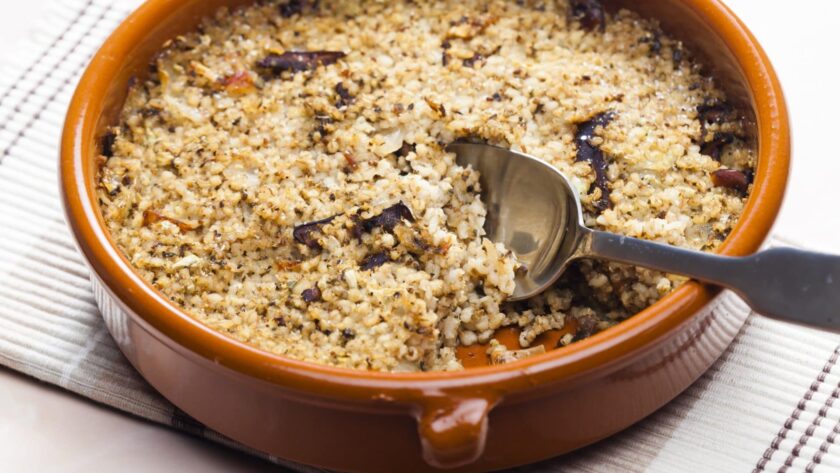
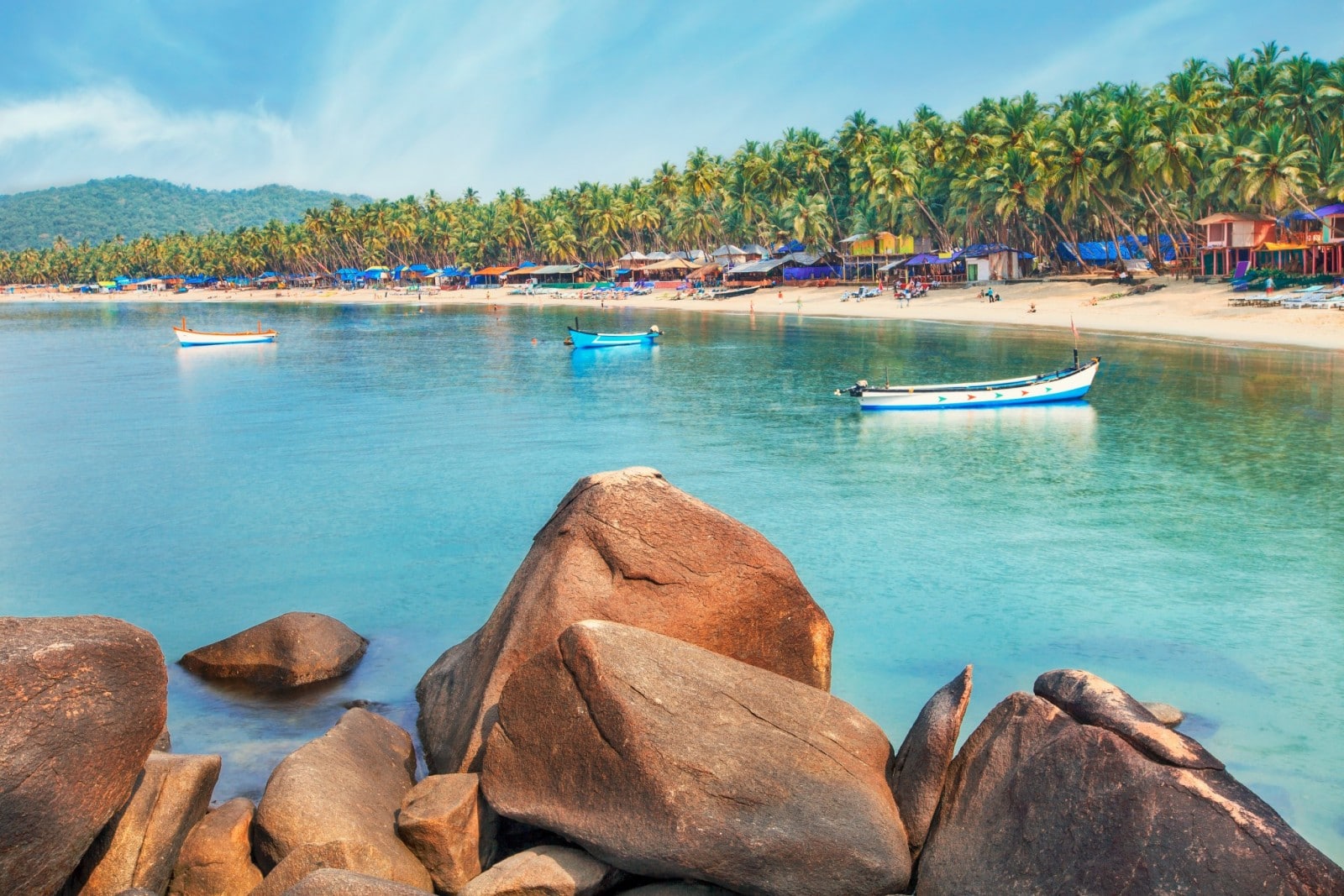
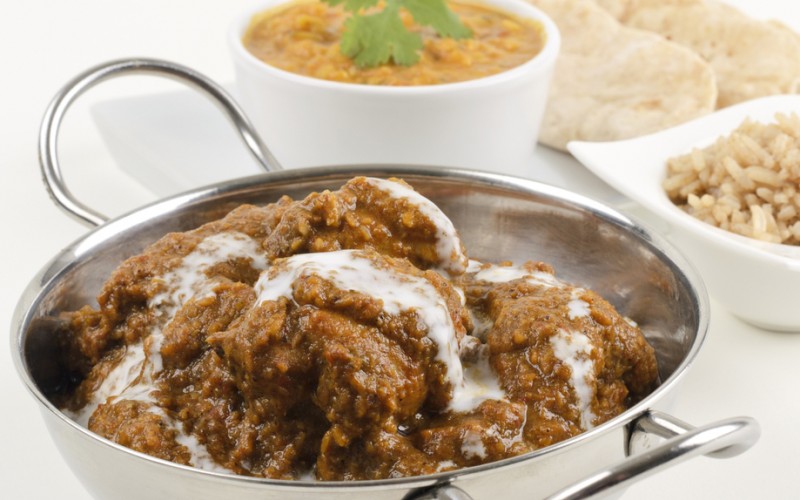
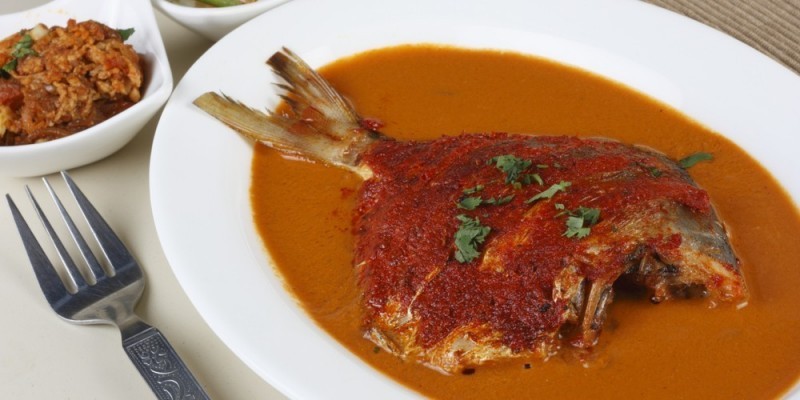
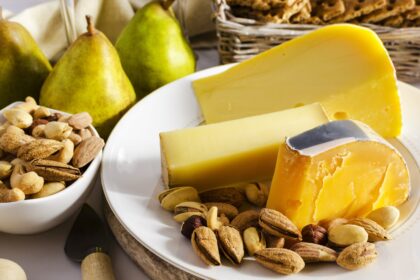



Hi Swati, your point 5. – Feni is made from the juice of Cashew apples and not from the flowers….